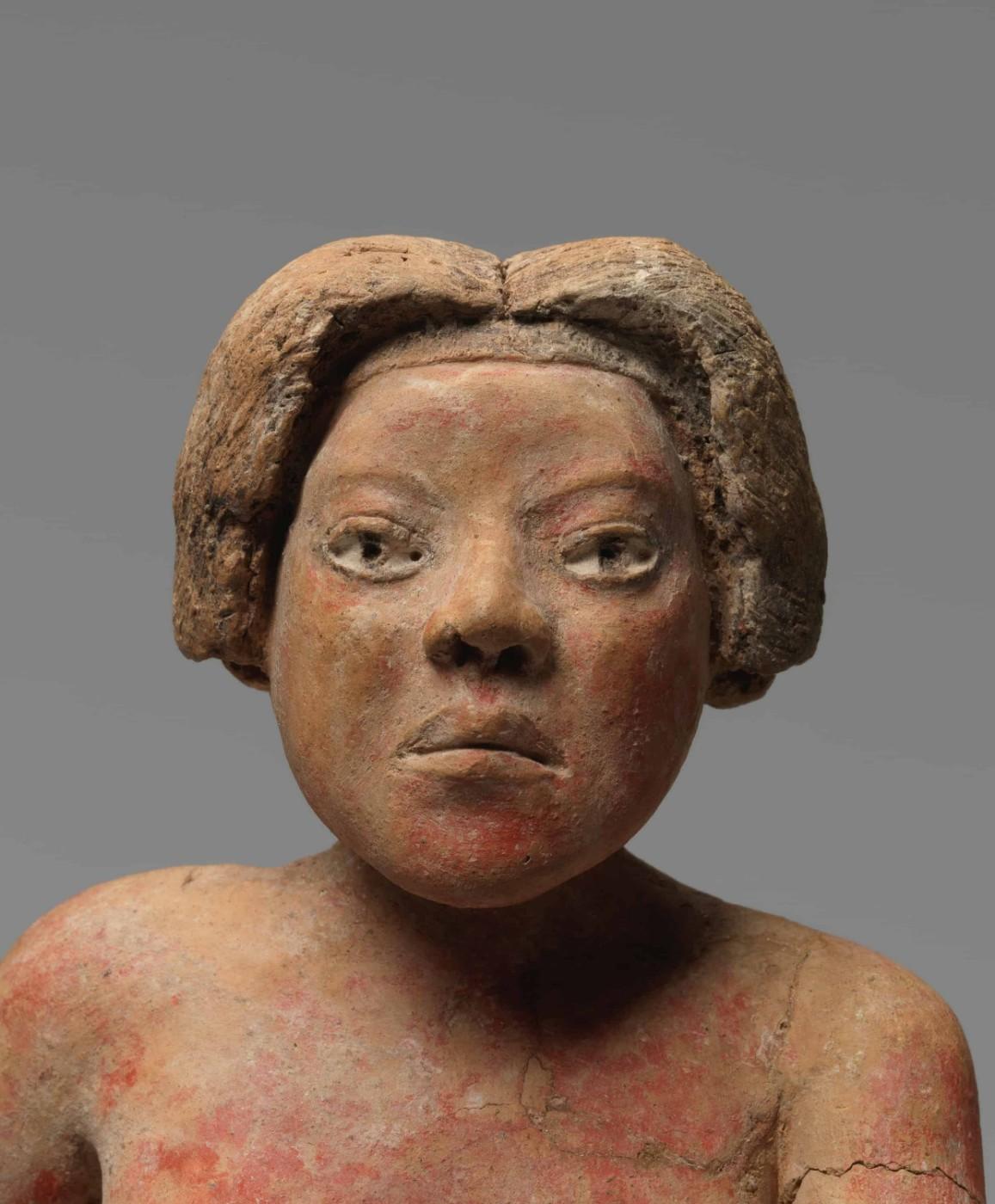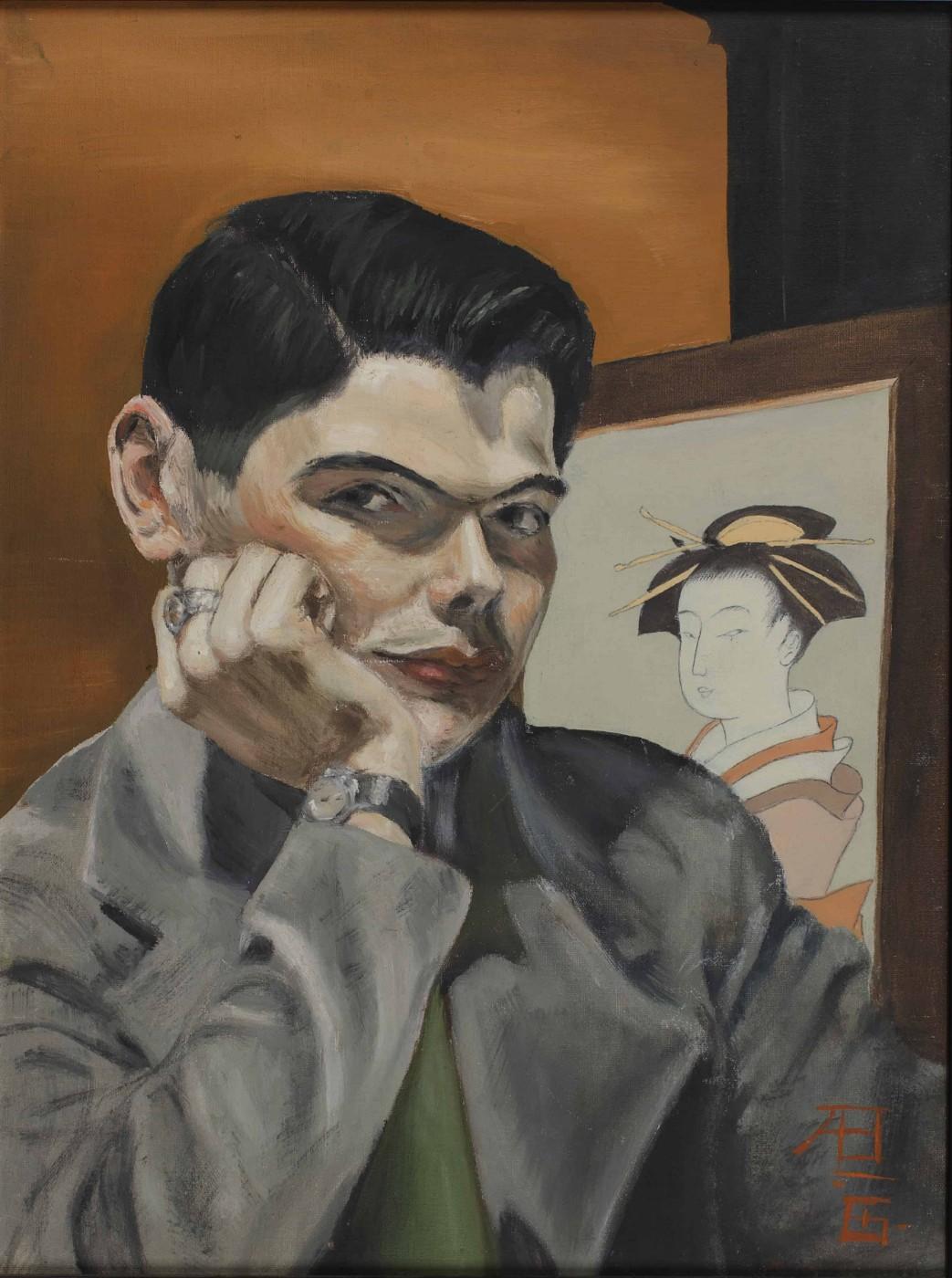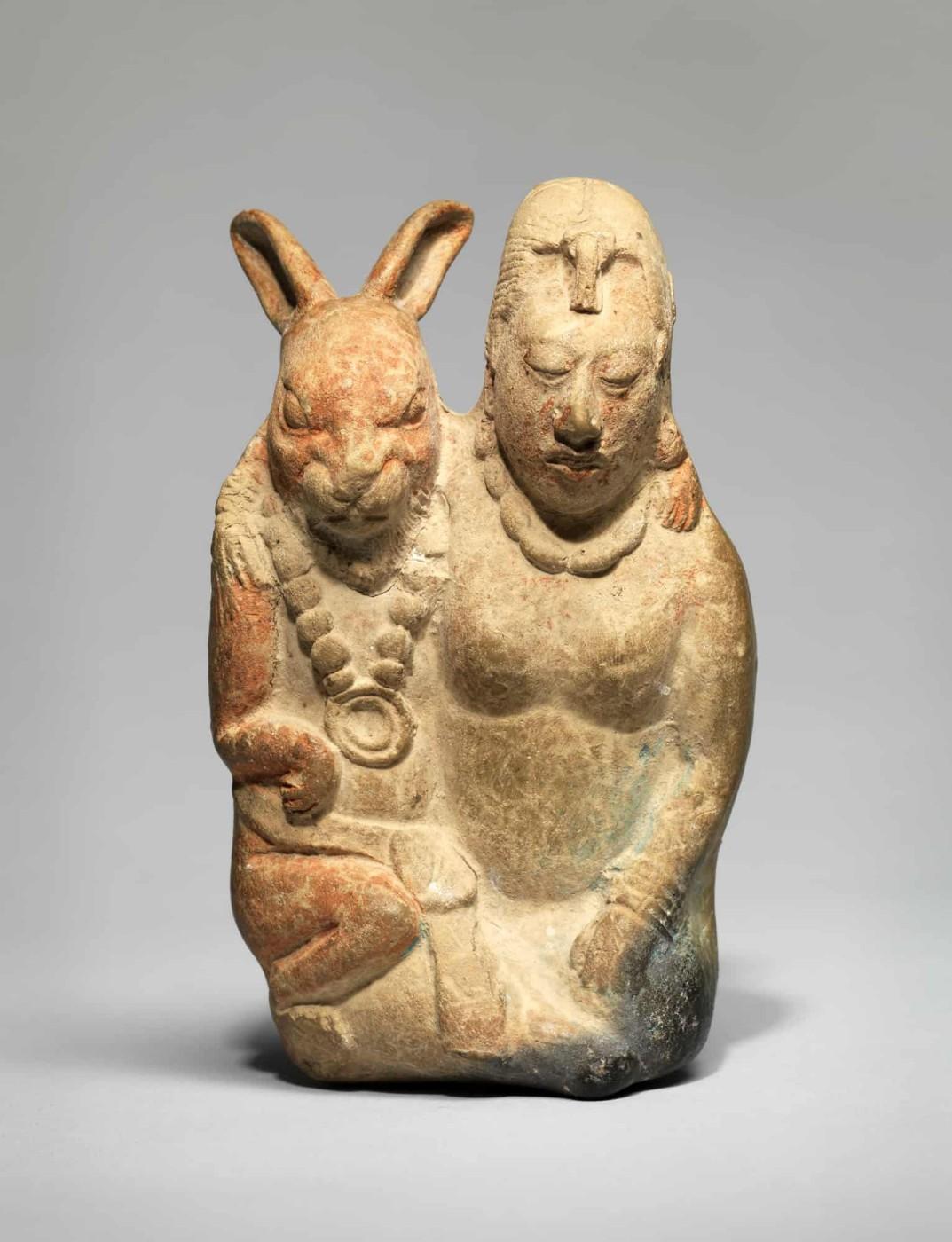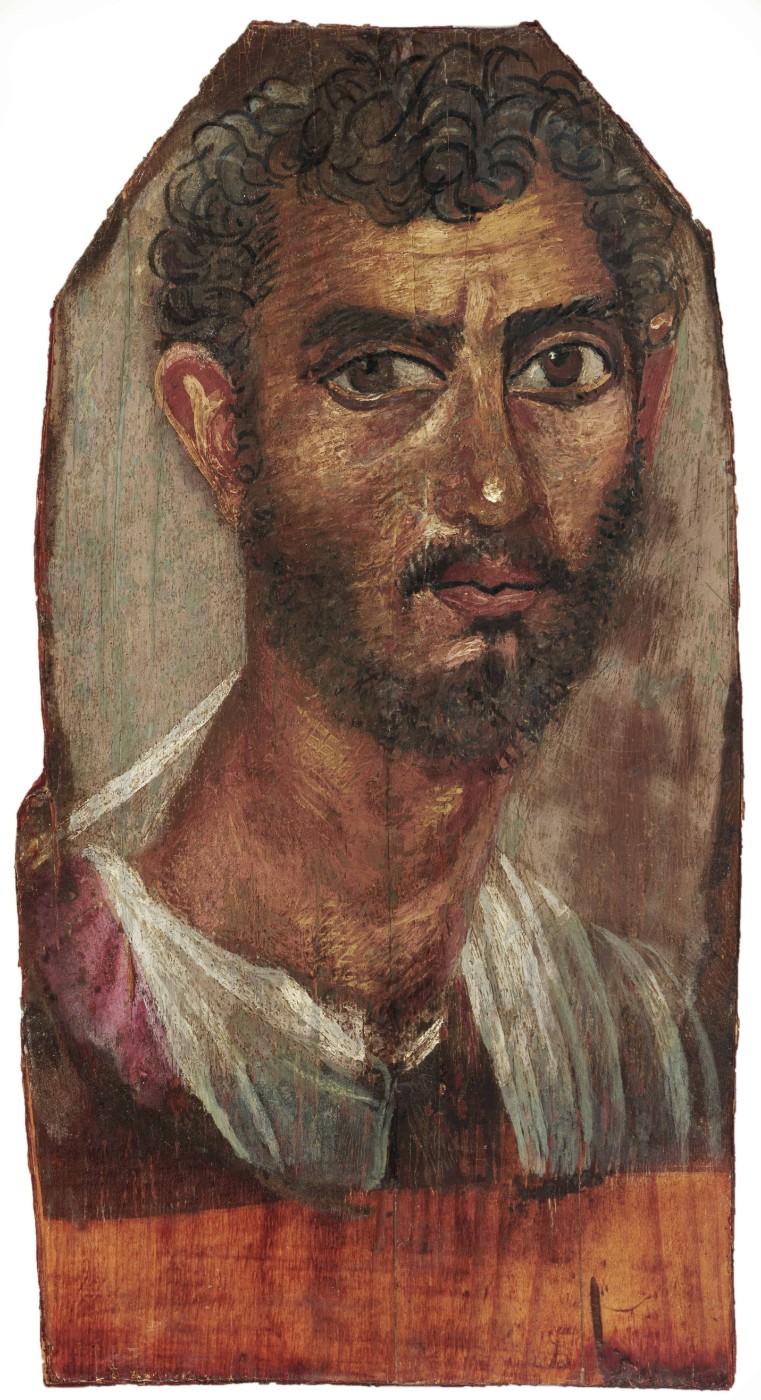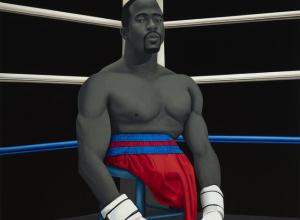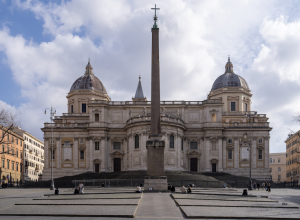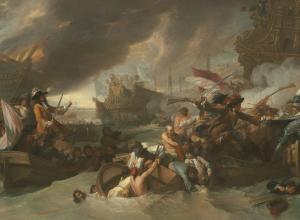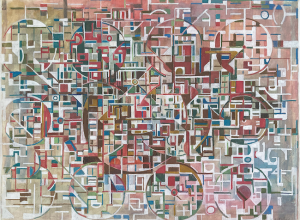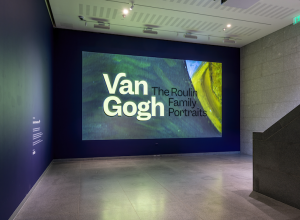PRINCETON, N.J. – Gillett G. Griffin (1928-2016) was not only a respected curator, scholar and collector but also a beloved teacher at Princeton University, where he taught and curated for 52 years. Legacy: Selections from the Gillett G. Griffin Collection celebrates Griffin’s eclectic tastes through a selection of artworks and artifacts from the thousands that he gave to the Museum (at his death, over 2,500 works joined the gifts of art Griffin, who held the title of emeritus curator of Pre-Columbian and Native American Art at the Museum, had made to the Museum in his lifetime). Among the 55 works in the exhibition are Greek, Roman, Egyptian, ancient Near Eastern, Islamic, African, Chinese, Japanese and Pre-Columbian antiquities; European and American prints, drawings and sculptures; and a handful of paintings and drawings that attest to Griffin’s own talents as an artist.
The exhibition, organized by Curator of Ancient Art J. Michael Padgett, is on view at the Princeton University Art Museum from July 20 through Oct. 6, 2019.
“Thanks to Gillett’s great eye and ambitions as a curator, the Art Museum boasts one of the finest collections of the art of the ancient Americas in the world,” said James Steward, Nancy A. Nasher–David J. Haemisegger, Class of 1976, director. “As this exhibition reveals, however, he was a man of immensely wide-ranging curiosity, and our goal here is to share with the public something of that range, whether it landed on an ancient mummy portrait or a print by Winslow Homer.”




